Ventilator-Associated Pneumonia (VAP) – Market Outlook, Epidemiology, Competitive Landscape, and Market Forecast Report – 2021 To 2032
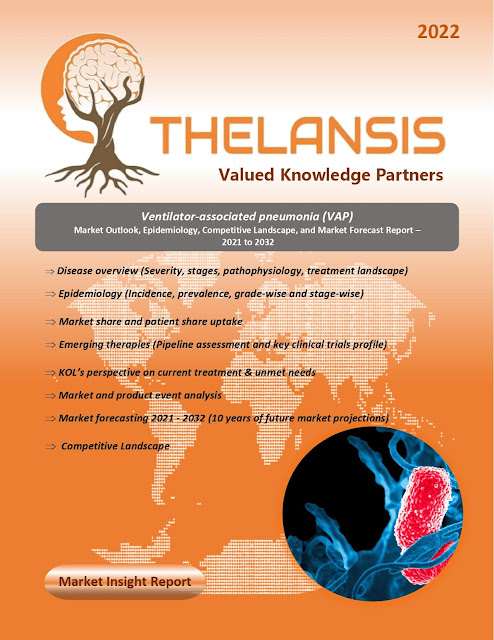_page-0001.jpg)
Ventilator-associated pneumonia (VAP) is pneumonia or infection in lung parenchyma acquired in patients after invasive mechanical ventilation after 48–72 hours. New or progressive infiltrates, systemic disease (fever, altered white blood cell counts), changes in sputum characteristics, and the detection of a causative agent are seen in VAP patients. VAP is the most common ICU-acquired pneumonia among invasive mechanically ventilated patients. VAP is recognized as a significant issue worldwide and a common healthcare-associated infection (HAI) among developing countries associated with mortality, a longer length of stay, and associated cost burden among patients. The VAP rate varies across studies due to differences in diagnostic criteria, ICUs type, patients' characteristics, and also varying causative microorganisms associated with patients' characteristics, length of stay, and antibiotic use in hospitals. Oropharyngeal and gastric colonization, thermal injuries; posttraumatic...
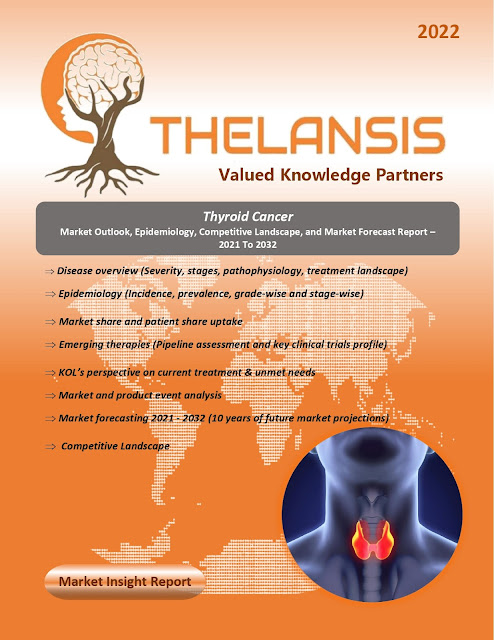
_page-0001.jpg)
_page-0001.jpg)
_page-0001.jpg)
%20cancer_page-0001.jpg)
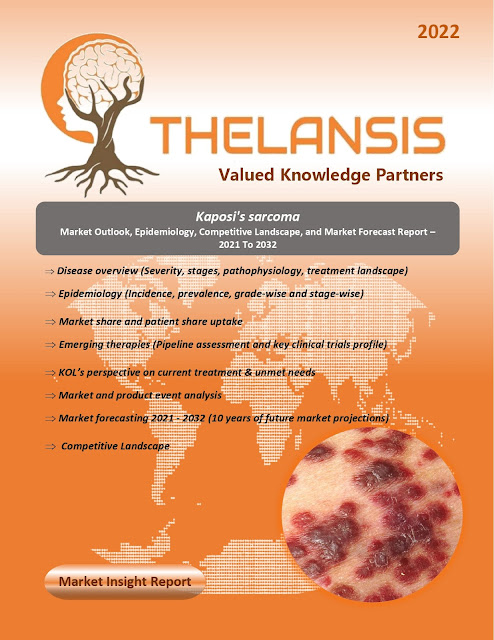
_page-0001.jpg)
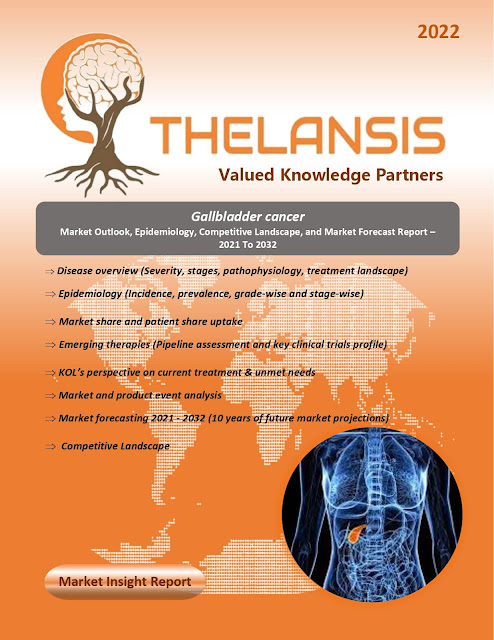
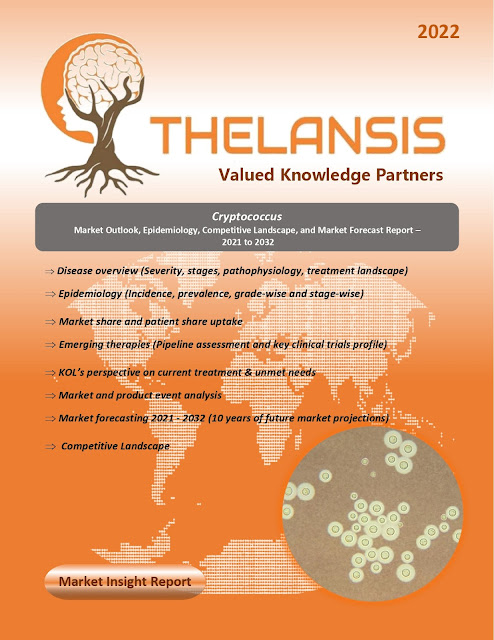

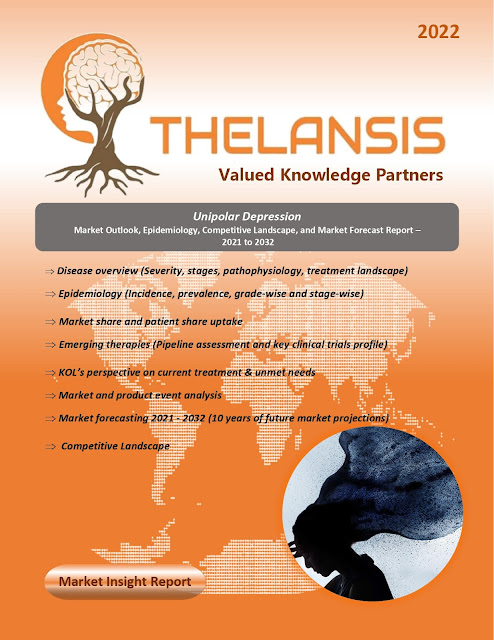
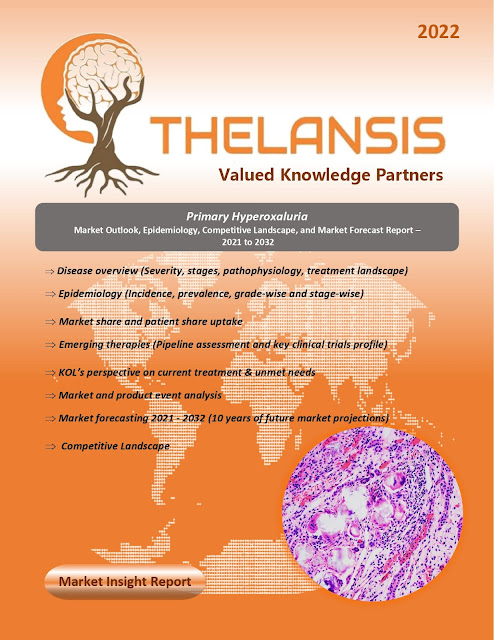
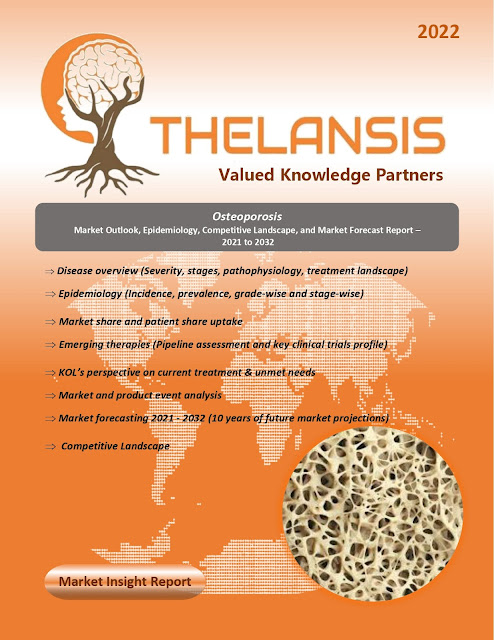
-T-cell%20lymphomas_page-0001.jpg)
_page-0001.jpg)
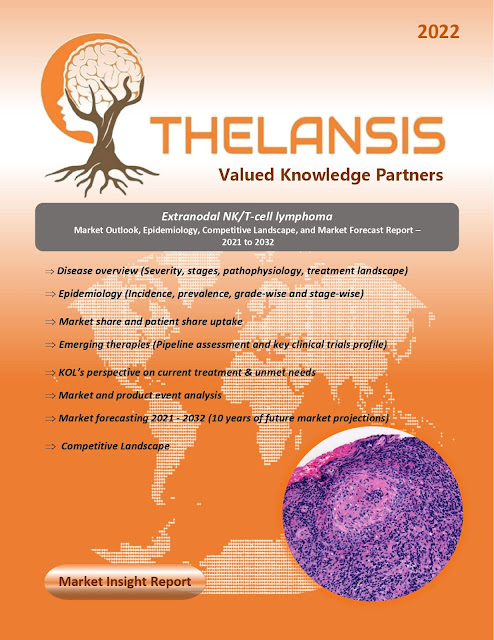
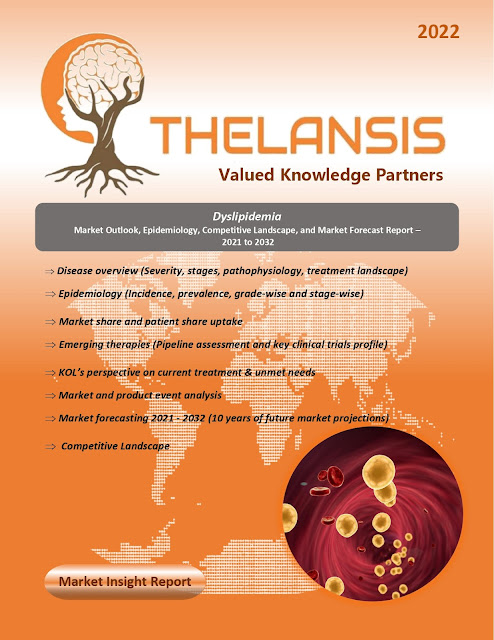
_page-0001.jpg)
%20-001.jpg)